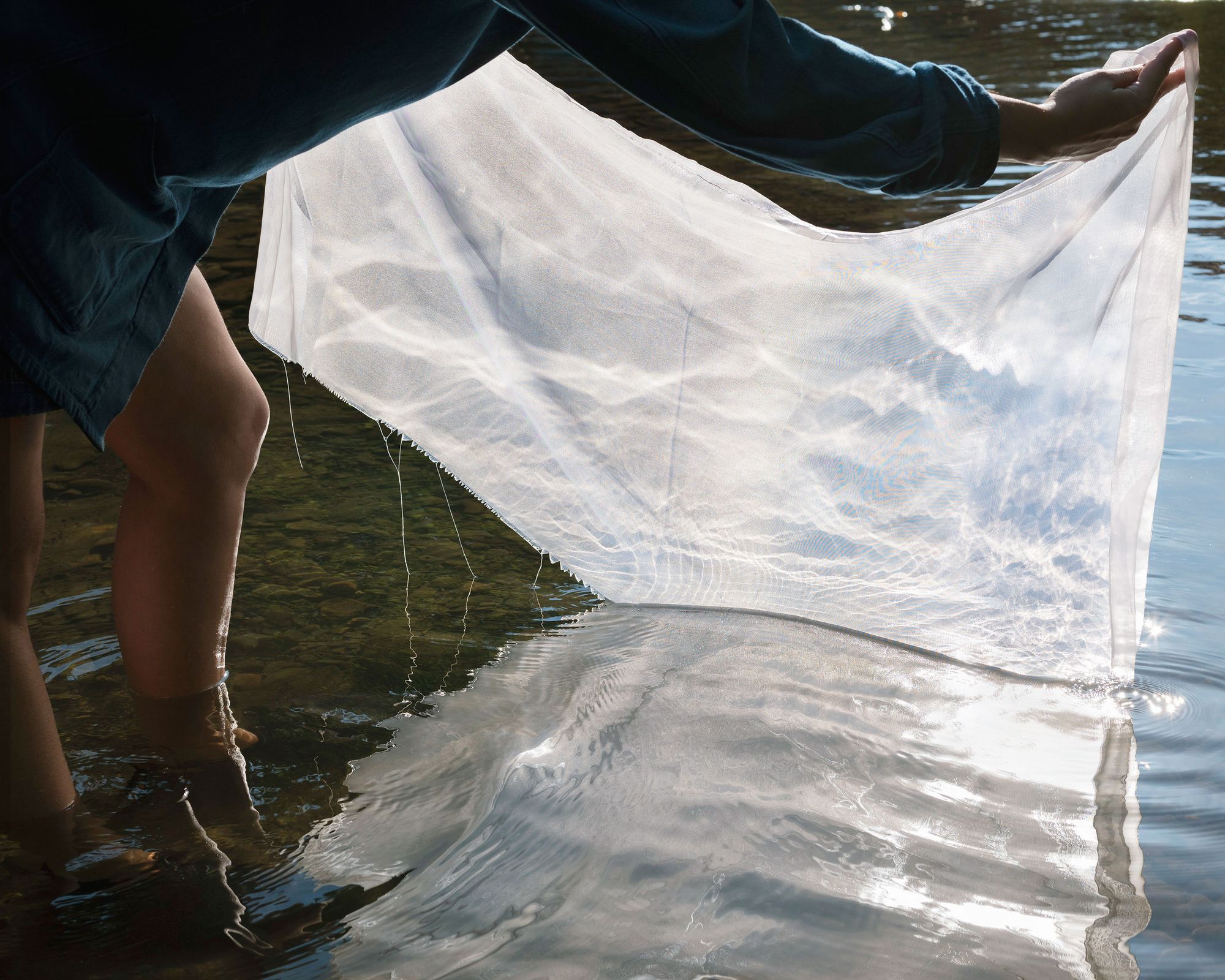
Forthcoming 2024: Genesis Báez

Katherine Hubbard The great room opens at Company Gallery
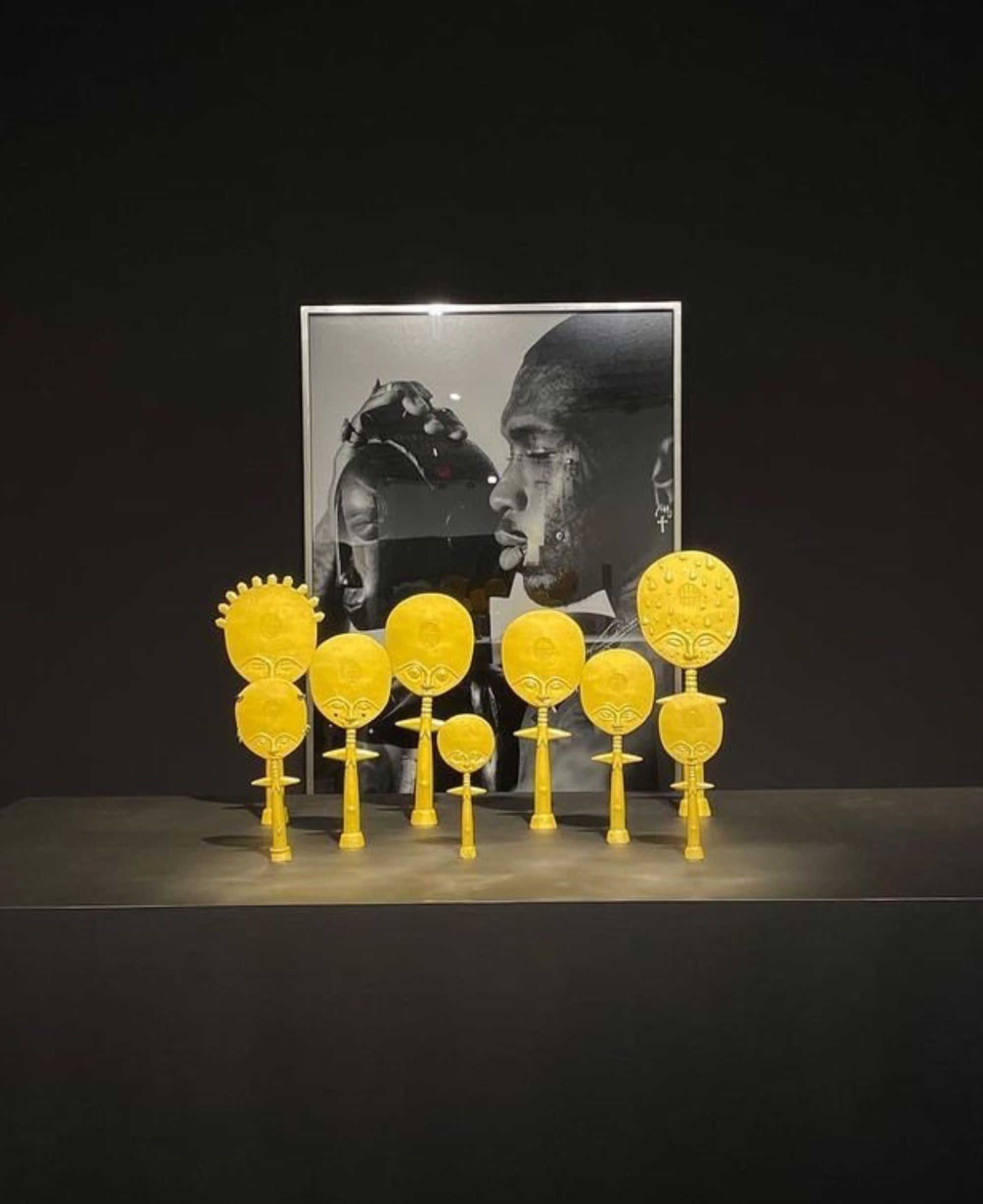
John Edmonds at Art Basel Miami Beach

FRIEZE reviews Tuesday or September of The End

TIME names "Hello Future" one of their 20 Best Photobooks of 2021

Hello Future shortlisted for Aperture-Paris Photo Photobook of the Year 2021

Tuesday or September of The End Reading with The Poetry Project

The Städelschule hosts Tiona Nekkia McClodden Lecture, featuring works from Se Te Subió El Santo
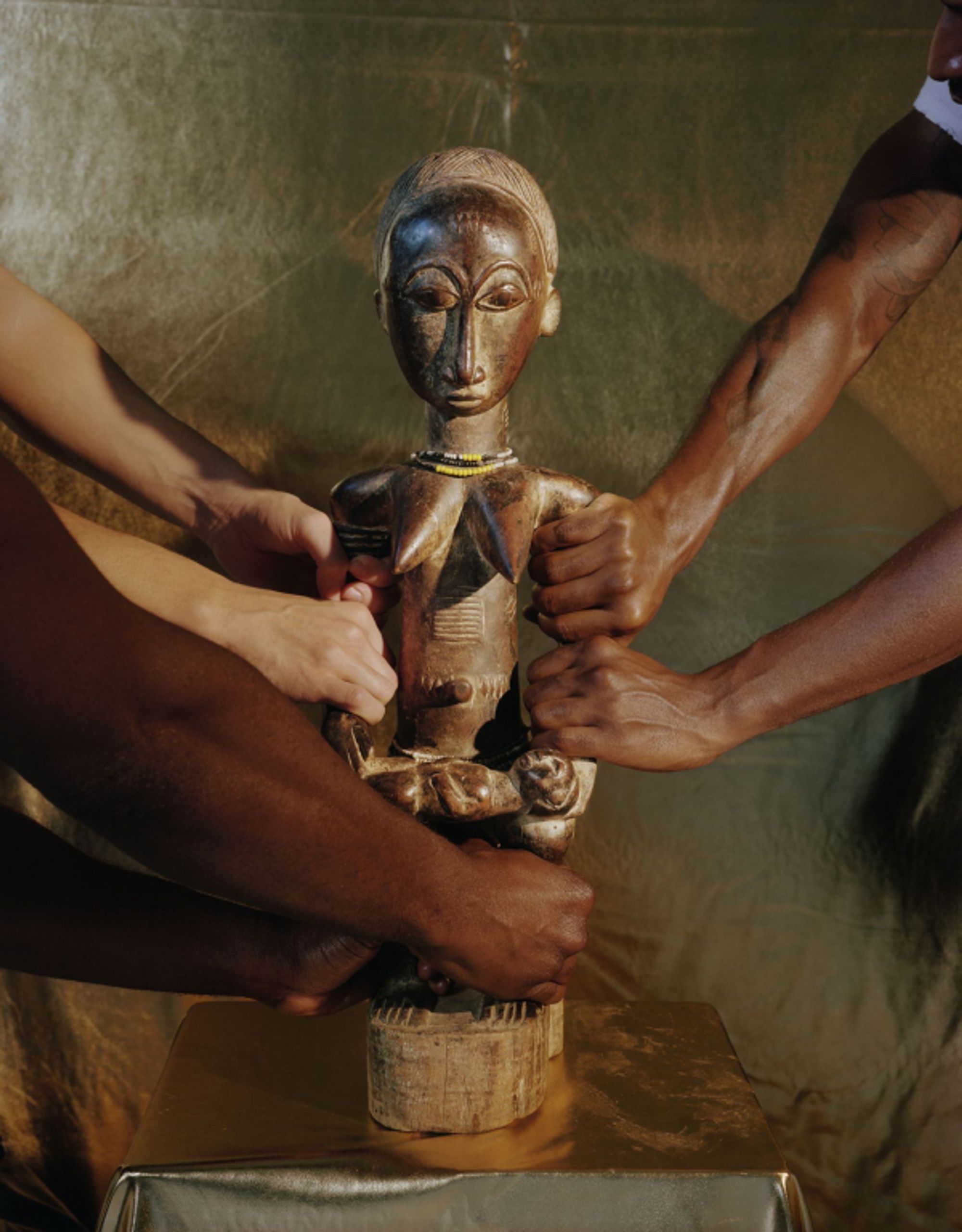
The New York Times reviews John Edmonds’ solo exhibition at the Brooklyn Museum

Tiona Nekkia McClodden wins Bucksbaum Award - 2019 Whitney Biennial

The Paris Review profiles John Edmonds

THEM reviews Truant: Photographs, 1970–1979

Women’s Wear Daily celebrates TOM launch

Electronic Arts Intermix & Capricious host Ellen Cantor: “I’m Still Coming” Coming To Power 2016 & 1996 release event at the New York Art Book Fair 2017

Humble Arts Foundation interviews Caitlin Teal Price in celebration of her Stranger Lives release

Dazed Digital features Hustlers and Discharge

Dazed Digital reviews Hustlers

MoMA and Girls Against God host afternoon of Performance hosted by Vaginal Davis

Dazed Digital interviews Skye Parrott and features artworks from First Love, Last Rites

Forthcoming 2024: Roberto Tondopó

Sasha Phyars Burgess selected as 2023 Guggenheim Fellow

Jonathan Lyndon Chase, FOG at Company Gallery

Bomb Magazine Interviews Hannah Black

ARTnews names Hello Future on their “Best Art Books of 2021” list

Cultured Magazine features Hello Future “Fall's Best Art Books Present Art History Fresh Off the Presses”

British Journal of Photography reviews Hello Future

The Brooklyn Rail reviews wild wild Wild West / Haunting of the Seahorse

ARTnews hosts panel Picturing Herstory: Queer Artists on Lesbian Visibility

The New York Times highlights works from Quiet Storm

Elephant Magazine reviews Truant: Photographs, 1970–1979

ArtForum features TOM release

Hyperallergic reviews Shade The King

The Heavy Collective interviews Caitlin Teal Pricee

i-D features Caitlin Teal Price

Discharge book signing at The Standard Miami

Vogue interviews Petra Collins

Randy presents Sunday Session at PS1 MoMA featuring performances by Niv Acosta, boychild, Colin Self, a reading by Jess Arndt and animation by Meriem Bennani.

"I Have A Room With Everything" profiled in The New Yorker
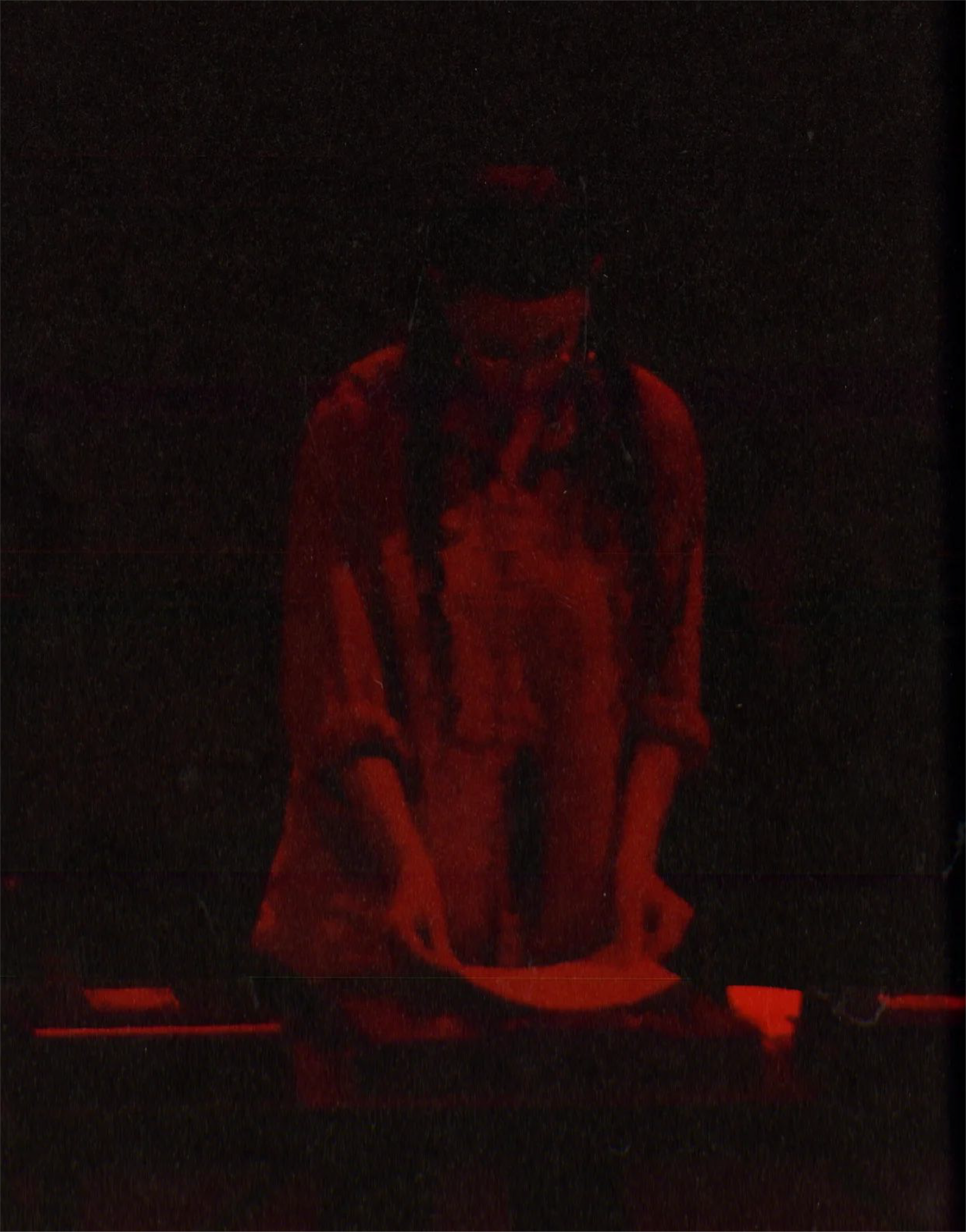
NEW: a slight cast down at the edges of the lips by Katherine Hubbard

Cultured Magazine includes Tuesday or September or The End for their “12 Books That Captivated the Art World This Year”

The Paris Review reviews Tuesday or September of The End by Hannah Black

Tuesday or September of The End Release

Untitled by Sasha Phyars Burgess wins Aperture-Paris Photo Photobook of the Year 2021

The Washington Post reviews exhibition featuring Stranger Lives by Caitlin Teal Price

British Journal of Photography reviews Untitled

The Guardian features Untitled

Artnet highlights John Edmonds’ contribution to the 2019 Whitney Biennial, including images from Higher

Paper Magazine features Higher

Dazed Digital features works from Quiet Storm

The Cut reviews Sylvia Prada's TOM

Lambda Literary reviews Mucus in My Pineal Gland

Out Magazine announces and reviews Mucus in My Pineal Gland, featuring interview excerpts
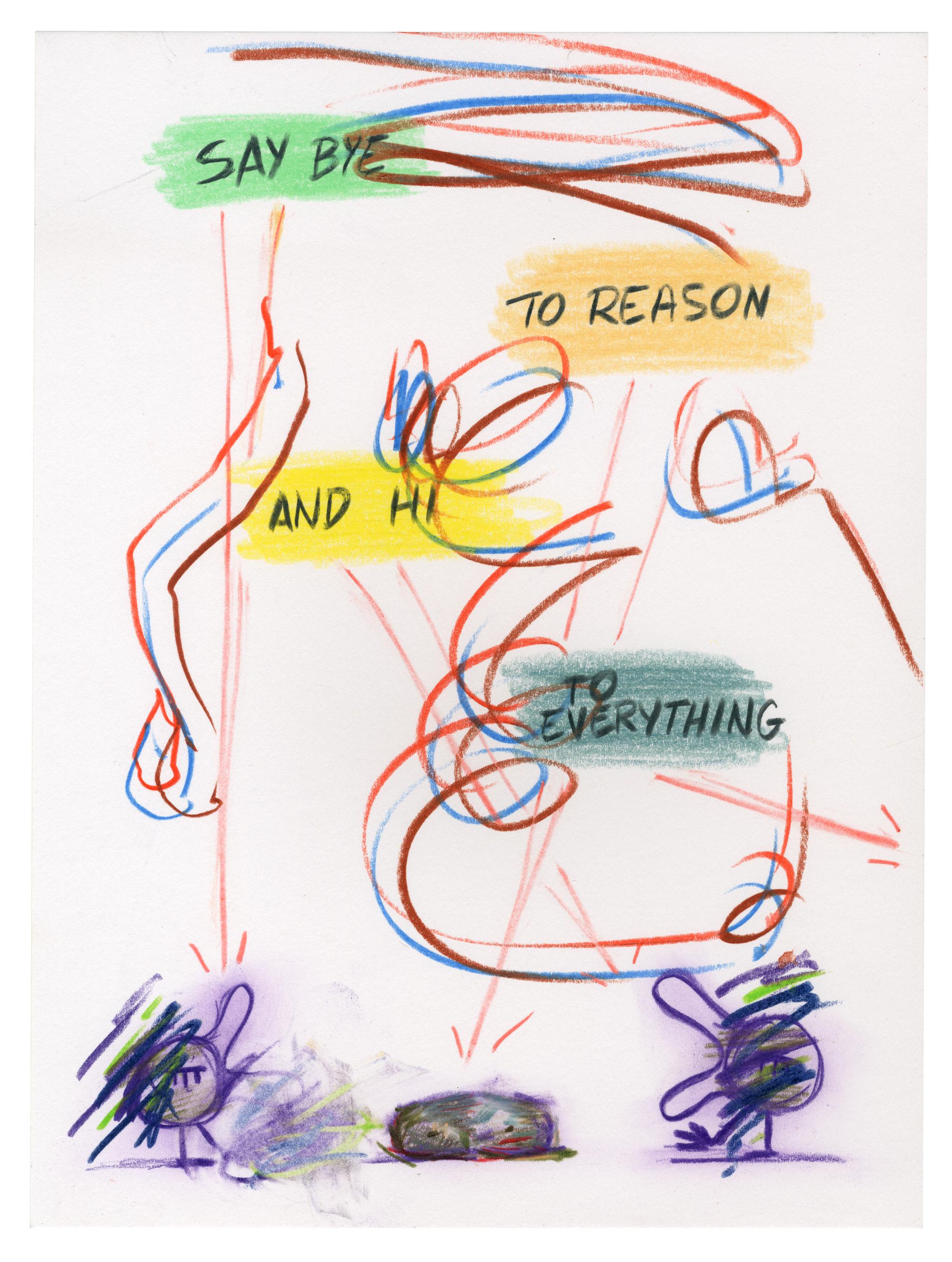
The Kitchen hosts reading of Say Bye to Reason and Hi to Everything

Advocate reviews Hustlers and features artworks

The CUT interviews Petra Collins
